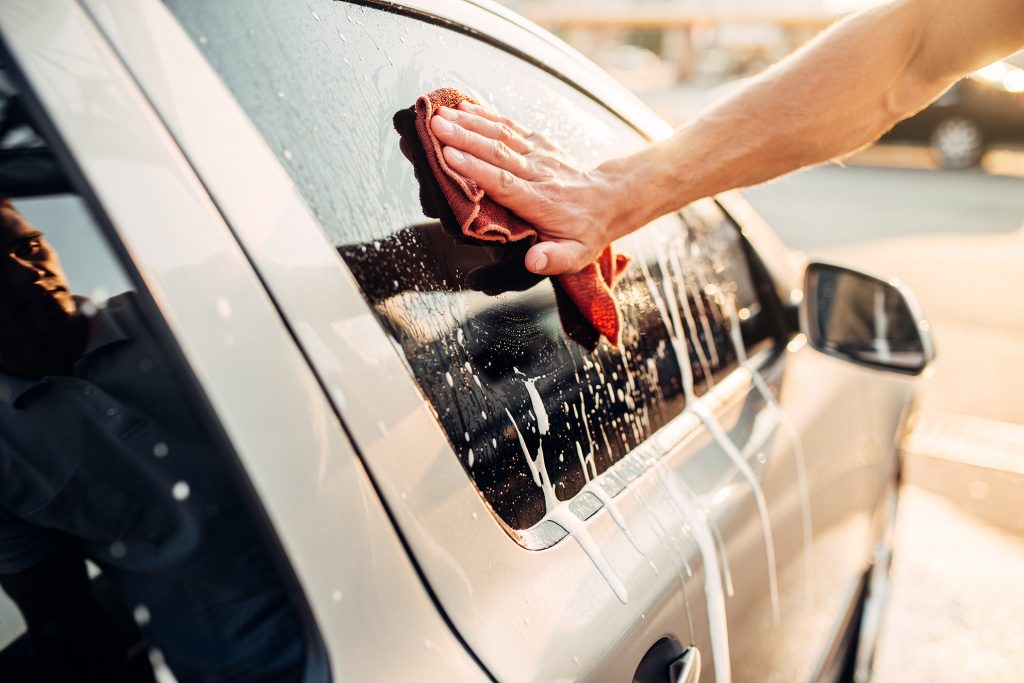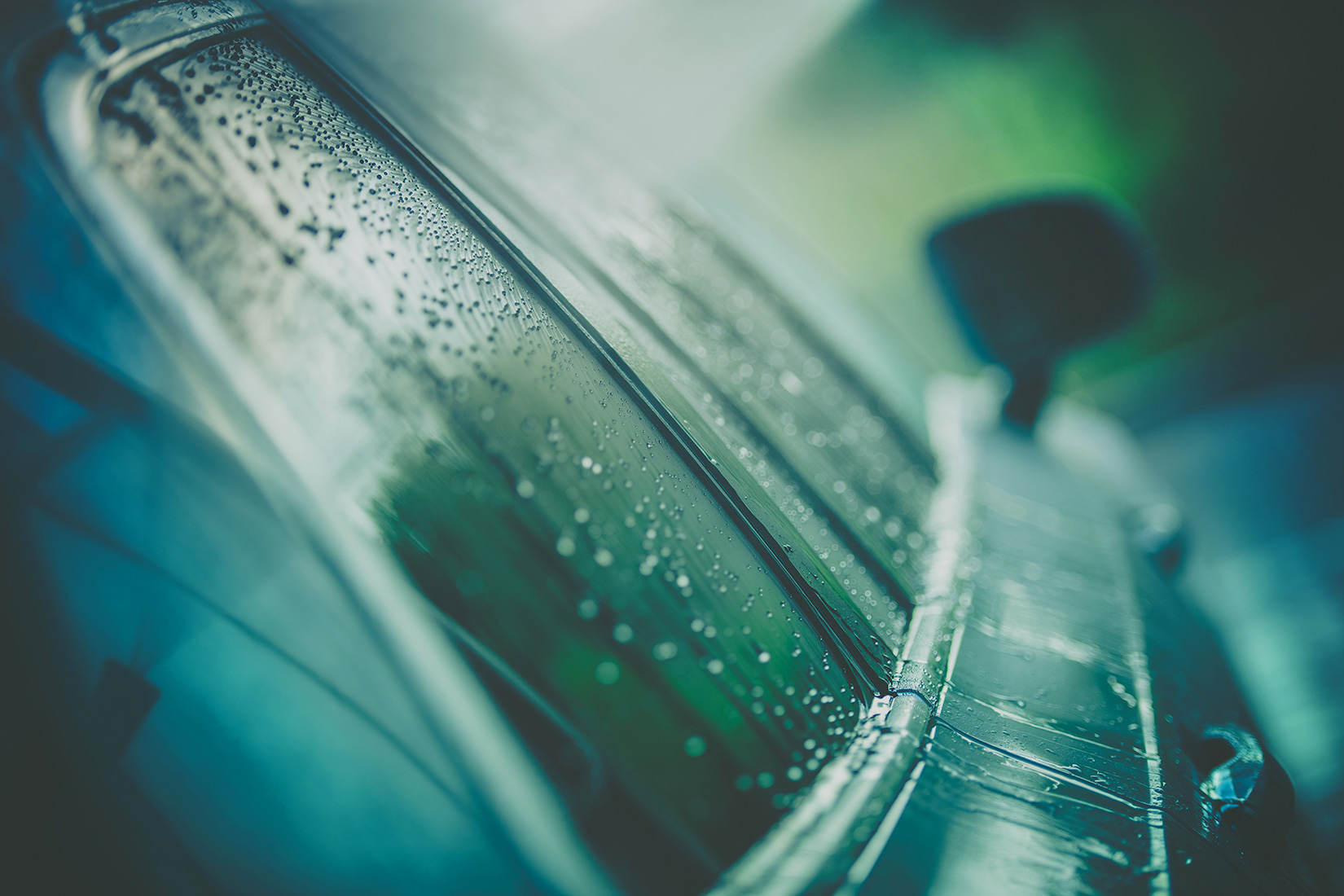At Halo we strive to provide the best methods of detailing for our customers. While we are committed to offering eco-friendly solutions to our customers, we are also committed to detailing cars the right way. That is why we offer two different washing methods for both vehicles requiring minimal washing and for those on the dirtier side of things.
While we love using a low-water method for detailing, many first-time customers vehicles have too much dirt and grime to be safely removed using the low-water method. What happens when these dirty vehicles are cleaned using a high-touch, low-water method? Small contaminates (dust, dirt, pebbles, etc.) are dragged across the paint, carrying with them the potential of causing minor (and major) scratches.
Lubrication (and lots of it) is key for these dirty vehicles. Many people consider detailing an investment that is supposed to increase or maintain the value of their vehicle. Does micro-etching in your paint sound like an investment to you? Your money and vehicle are valuable to you, and it’s our job to ensure that both are treated the same.

So which car wash is right for you?
Check out the lists below to understand your best approach.
Before we begin detailing your vehicle we will do an assessment of its exterior to determine which method of cleaning is required. You can rest assured knowing that one of our professionally trained technicians will provide your vehicle with the wash it needs. In detailing, as in life, you don’t want to leave things to chance. It’s better to do things right the first time around.
Your vehicle is right for our low-water wash if:
- You stay up to date on detailing your vehicle.
- It is kept in a garage or carport.
- You have it washed regularly.
- There is not an excessive amount of bugs covering your front bumper, grill, or windshield.
Your vehicle requires our four-step method if:
- Your vehicle is exposed to the elements regularly.
- It has been months since it’s last washing.
- There are major surface contaminants on the paint (sap, pollen, artillery fungus, tar, etc.)
- Your vehicle looks like it has been through one of the following: dust storm, mudslide, a fly-over bombing from various birds in your neighborhood, or a bug tsunami.


